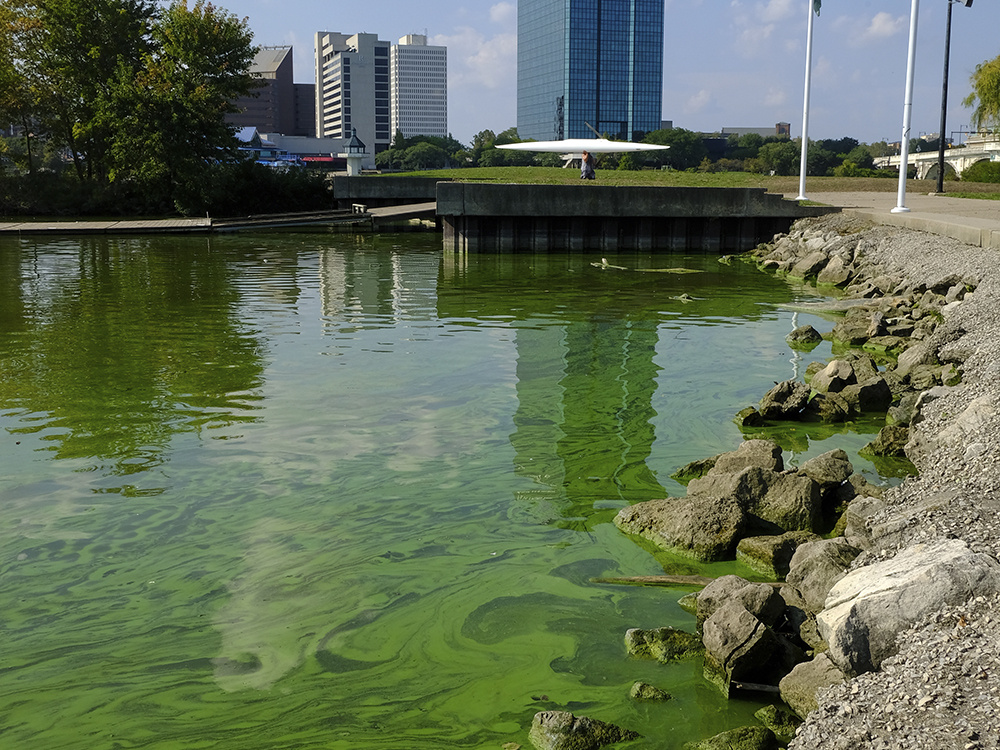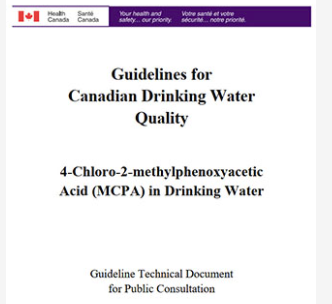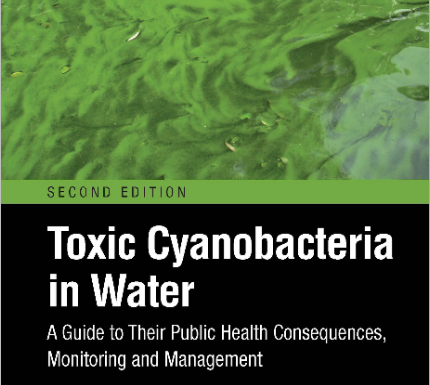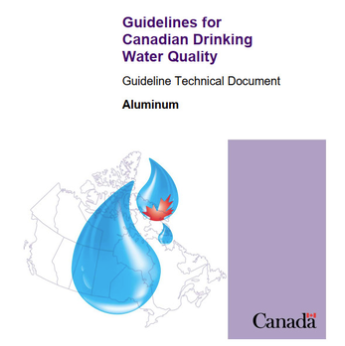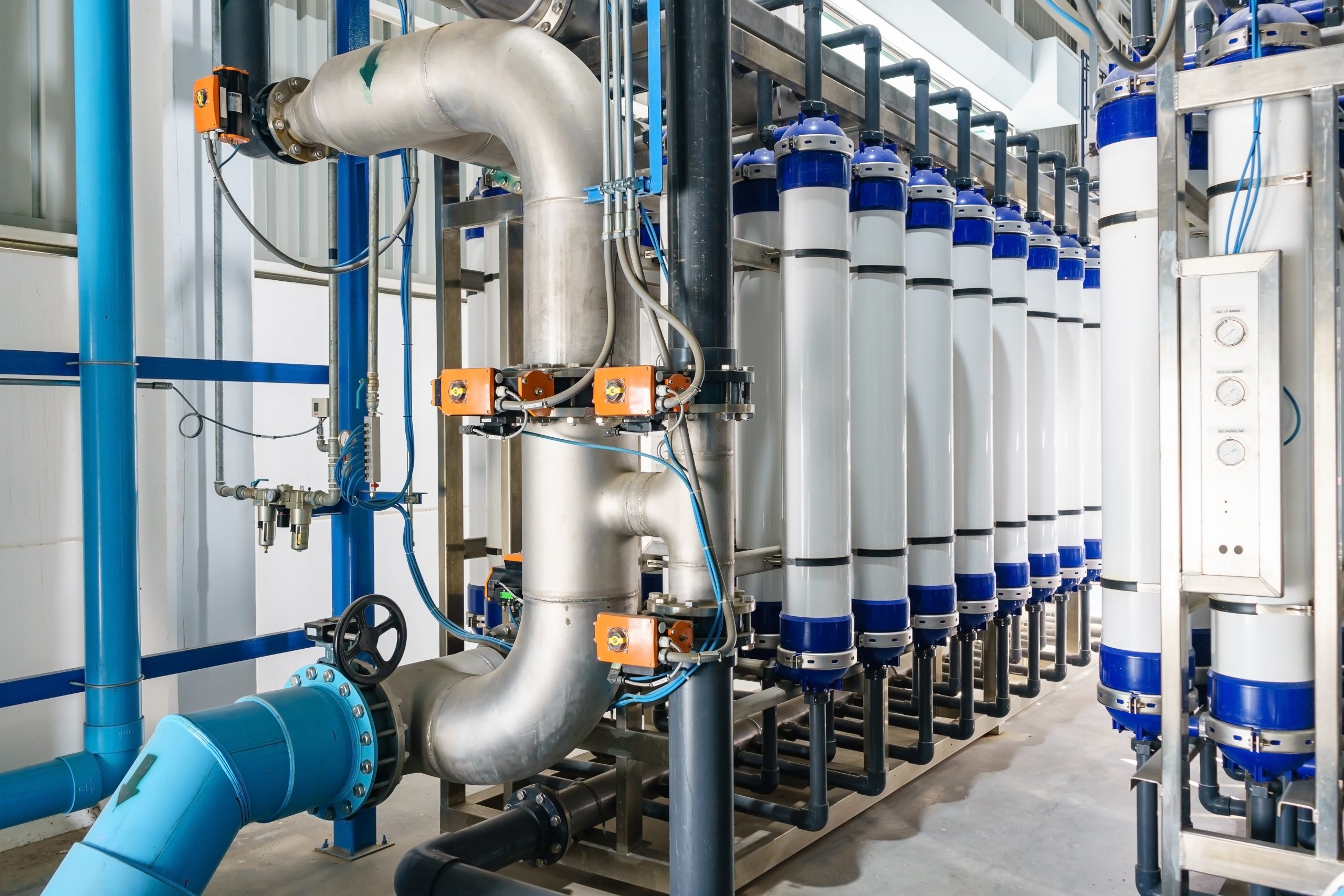Data from Unregulated Contaminant Monitoring Rules-4 published
EPA uses the Unregulated Contaminant Monitoring Rule (UCMR) program to collect nationally representative data for contaminants suspected to be present in drinking water, but that do not have regulatory standards. UCMR 4 requires monitoring for 30 chemicals between 2018 and 2020.


